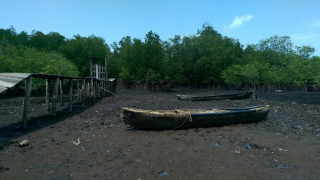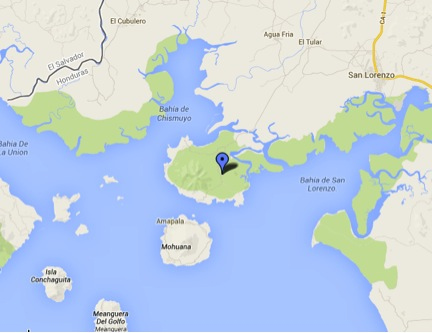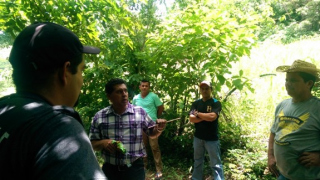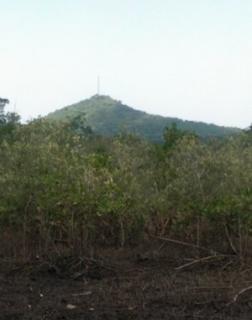Los Huatales y Las Pilas, Honduras
![]()
![]()
![]()
![]()
![]()
![]()
 Click on Programs to learn more about their work in this community
Click on Programs to learn more about their work in this community
General Information
| Population* | 480 |
| Number of homes | 60 |
| Avg # of people per home | 8.0 |
| Primary Occupations |
Agriculture, Fishing |
| Water System | No |
| Community Bank | No |
| % of Homes with Latrines |
50% |
| Electricity | Yes |
| Corresponding Health Center | CESAR-Los Langues |
| Common Illnesses |
Common colds, fevers, diarrhea, diabetes, kidney failure |
| School Access & Distance | 1st-6th grade in community |
| Municipality | Amapala |
| Department | Valle |
| GPS |
|
| Distance from compounds | 30 Minutes |
* Population does not reflect how many patients will be seen on medical
brigades as many people from surrounding communities come seeking
Medical Brigades medical attention.
Top Three Needs Expressed
The top needs expressed by the key community members are an adequate supply of clean water, a health center with medication, and latrines.
 .
.

Los Huatales y Las Pilas are neighboring communities in southern Honduras.They are extremely hot and humid throughout the year. Both are located on the coast in the swampy wetlands forming the edge of the Gulf of Fonseca.
Los Huatales and Las Pilas have a primary school serving students from first to sixth grade. Students who choose to continue onto secondary school must travel to the nearby city of San Lorenzo. The 45 minute bus trip costs roughly US $1 each way. Given the high cost, the vast majority of students do not continue their education after completing primary school.
No centralized water system exists that provides access to all members of the adjoining communities. In the largest community, Los Huatales, there are 5 public wells and 6 private wells in which the water is not purified nor regulated. Due to its proximity to the ocean, many of the wells contain salt water. Moreover, during the dry season, most of the wells run dry. When the water is not suitable or unavailable, community members must walk approximately 40 minutes to the nearest source in Los Langes. Most families fill one 5 gallon bucket per day at the most accessible water source and chlorinate the drinking water to treat it.
As smaller rural communities, Los Huatales y Las Pilas do not have health centers. Thus, community members must walk to the CESAR in Los Lagues. It is only about 15 minutes away on foot, but it does not have a consistent supply of medicine nor is it staffed by a doctor.
Further compounding problems, few homes in the community have adequate in-home infrastructure to prevent disease. Almost none of homes have cement or brick floors, which results in parasitic infections and Chagas Disease. Similarly, only 50% of homes have washable latrines, leading to high rates of diarrhea. Respiratory infections are also a large problem as no one has an eco-stove and many homes are full of smoke from cooking fires.
In Los Huatales and Las Pilas, the majority of families survive by fishing on the Gulf of Fonseca. This activity is often supplemented by agriculture (corn and beans). Other occasionally earn a small amount of money by working in construction. This work is not stable, however, as the men are hired per day.
At the moment, there is no access to formalized financial institutions. However, the Microfinance Program does anticipate entering the community in the future.
Despite the extreme poverty found in Los Huatales and Las Pilas, no other organizations currently work in the communities. However, community members are eager for change and there are several established leaders working as community selectmen or serving on the Water Council, Parent-Teacher Association, and Church.

